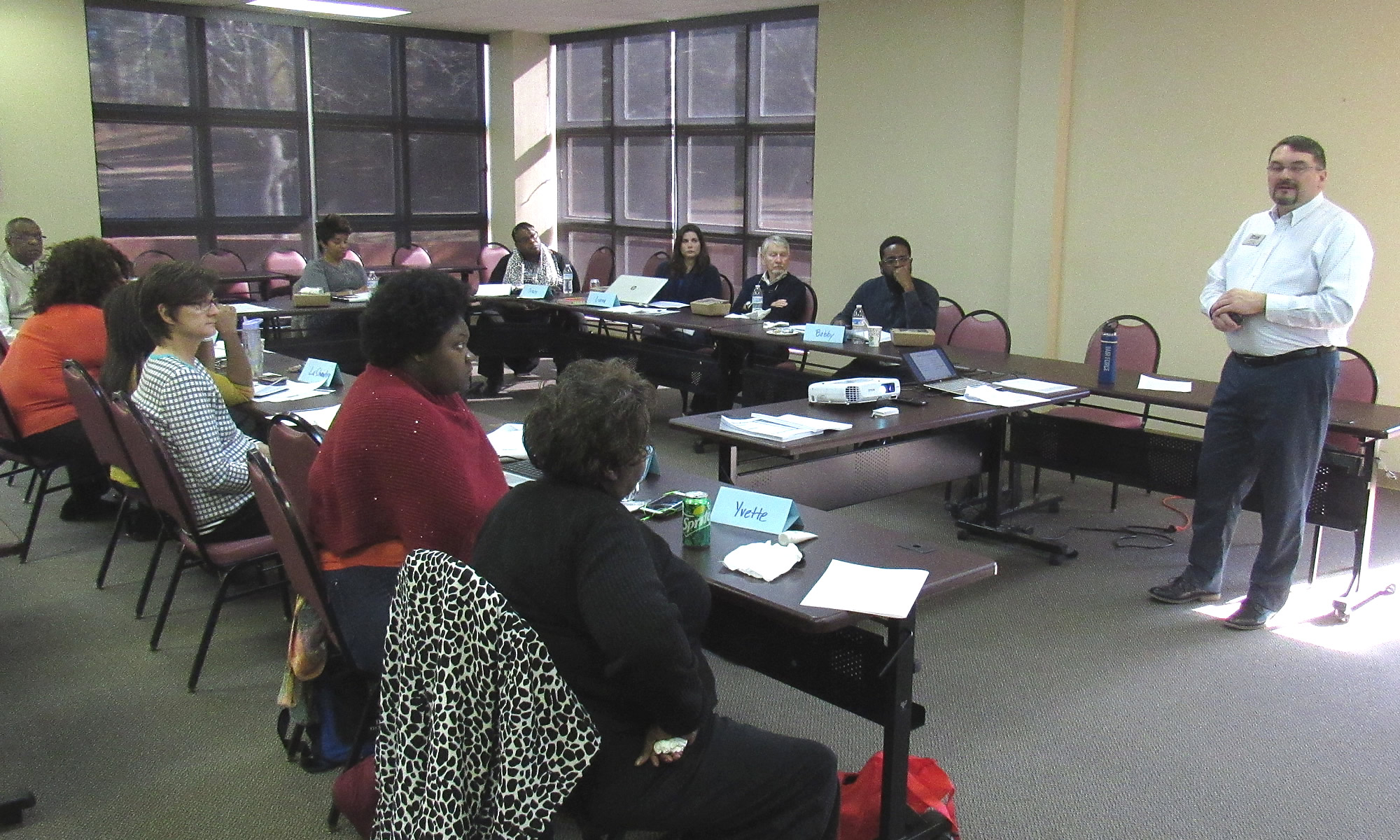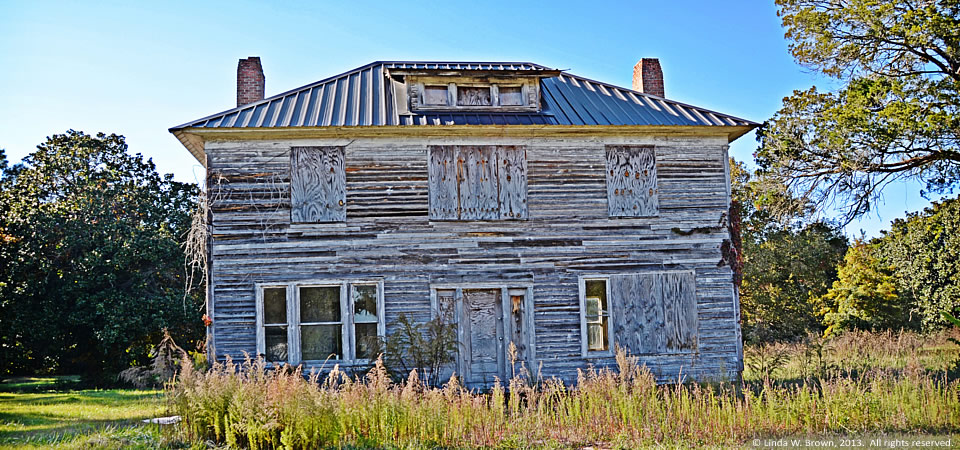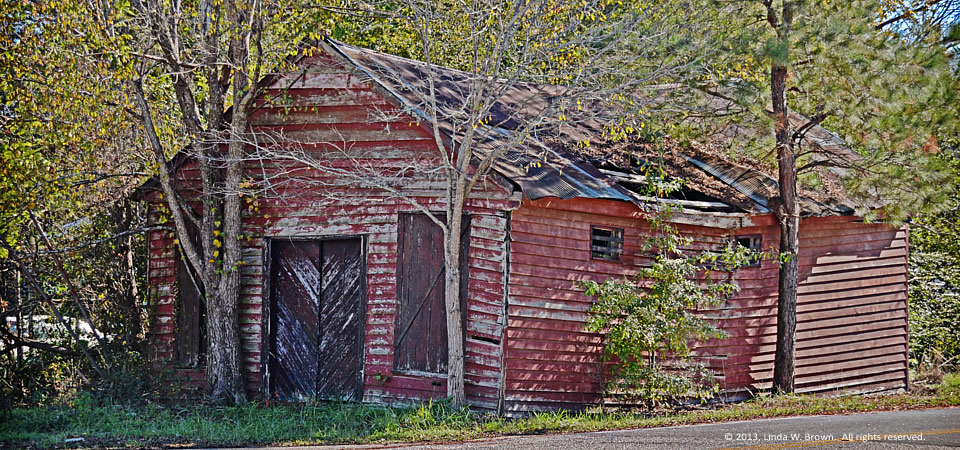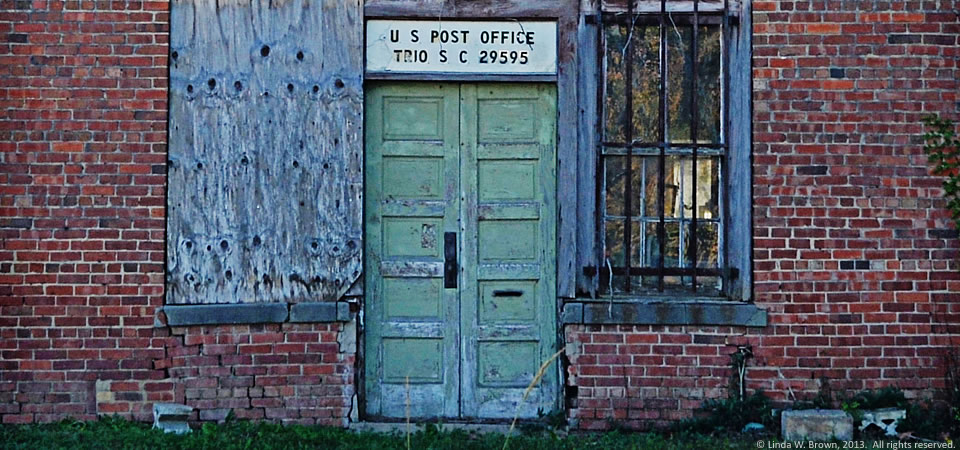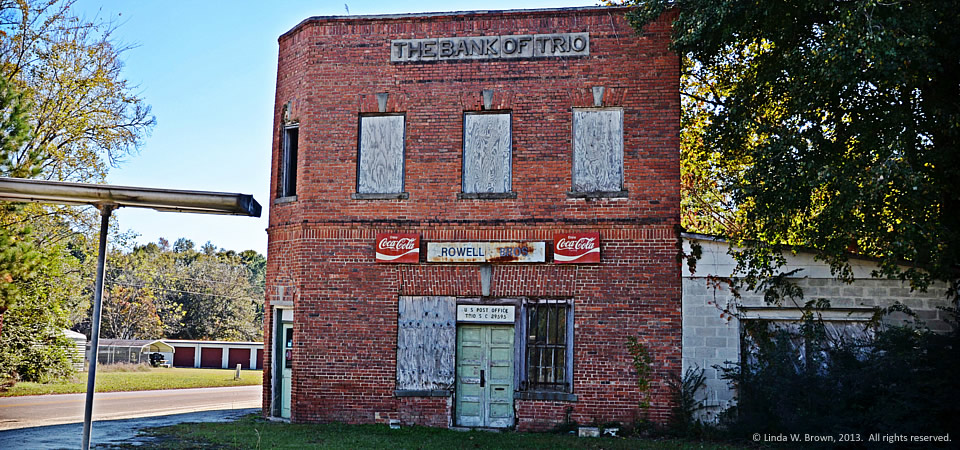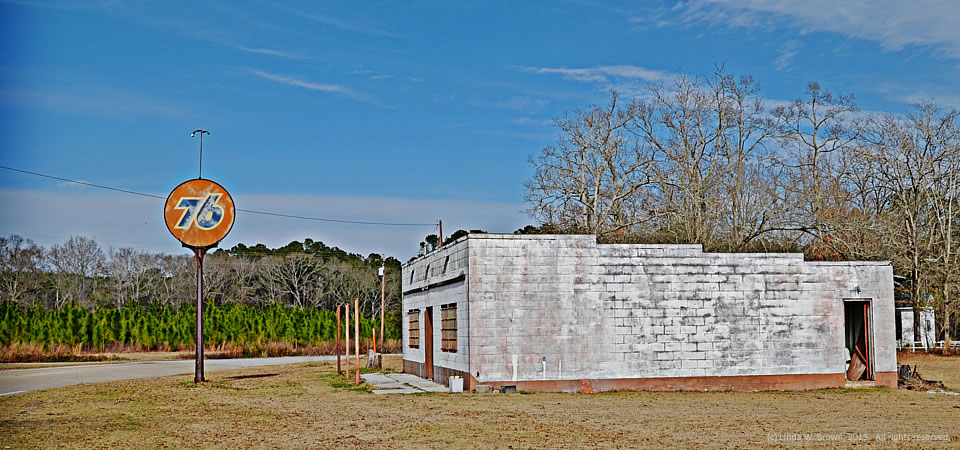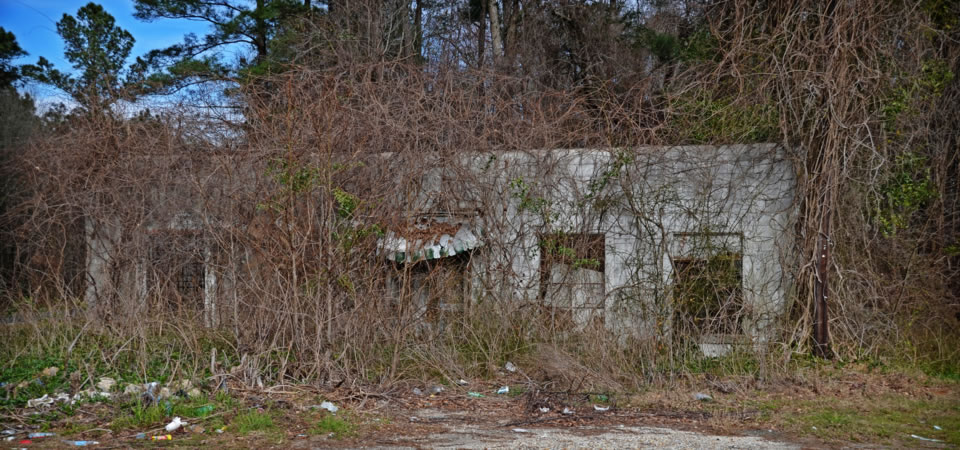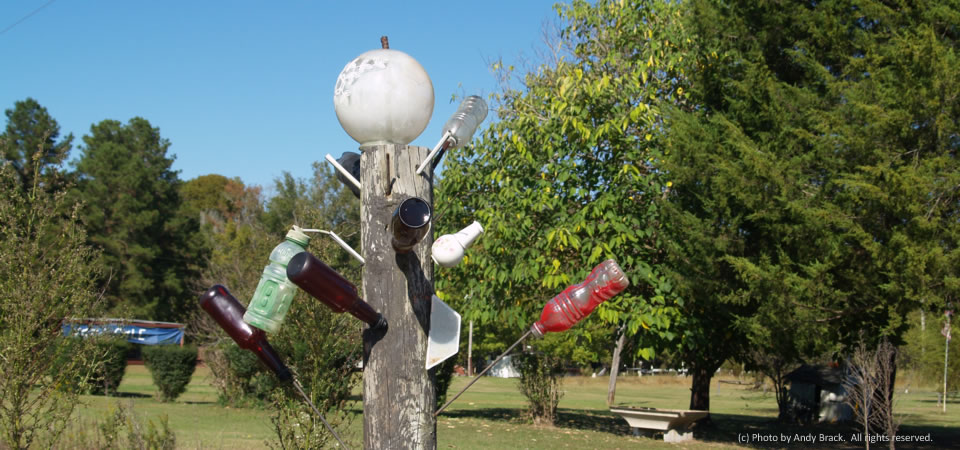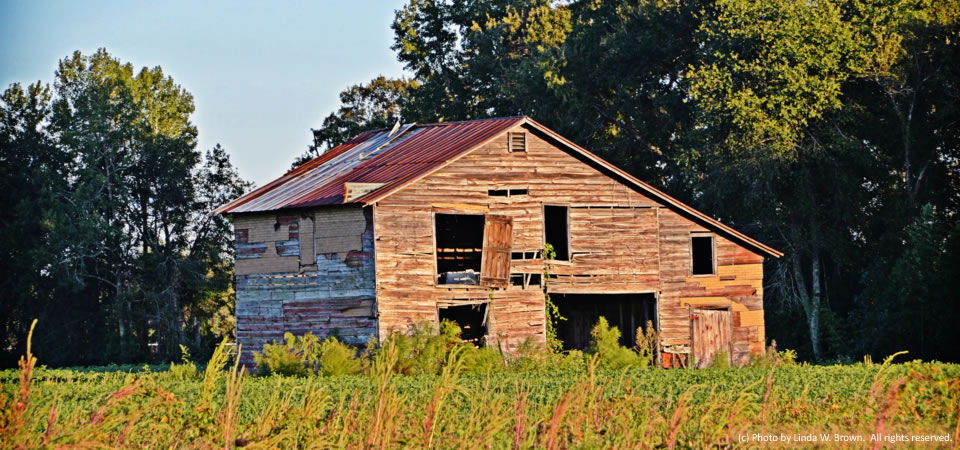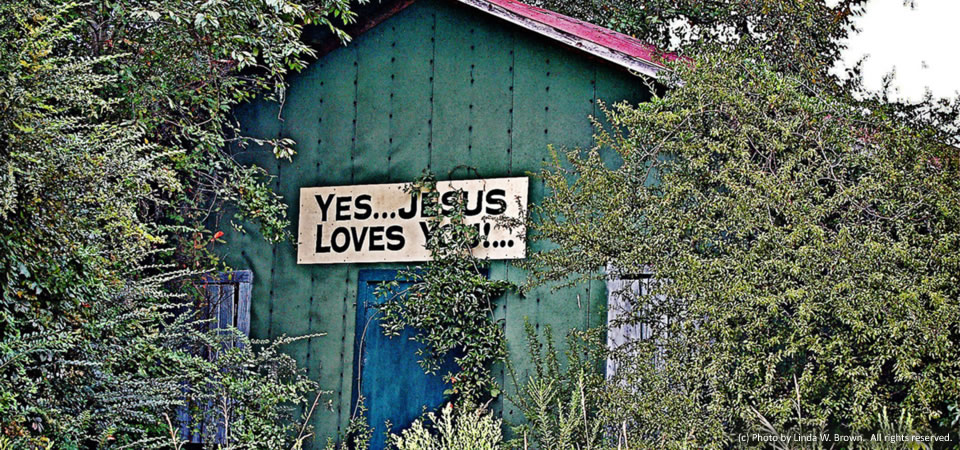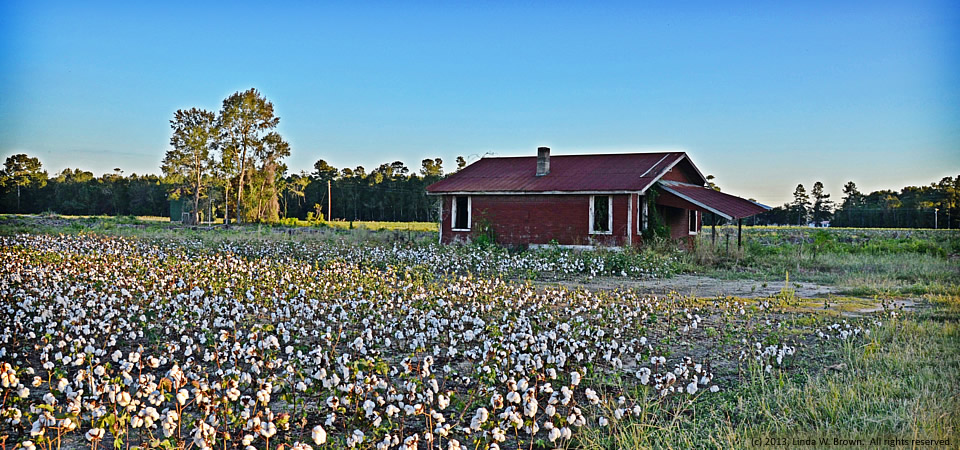Lane, S.C., was once a busy railroad hub that boasted two hotels, several successful businesses and a number of large houses, writes retired editor and photographer Linda W. Brown.
“While some of the houses are still well-maintained, this one is fading fast,” she says.
These days, Lane, which is in Williamsburg County, has about 600 people.
Just under 34,000 people live in Williamsburg County, which is about the number who lived there in 1900, according to Census figures. Population peaked in 1950 at 43,807, but has dropped slowly since then.
About two-thirds of county residents are black, with almost all of those remaining being white. Only 2 percent of those in the county are of Hispanic descent. Some 32.8 percent of residents live in poverty, according to the Census. Of the county’s 1,921 firms, 36.5 percent are black-owned — a percentage that is three times South Carolina’s average.
Photo taken Nov. 3, 2013, by Linda W. Brown. All rights reserved.
